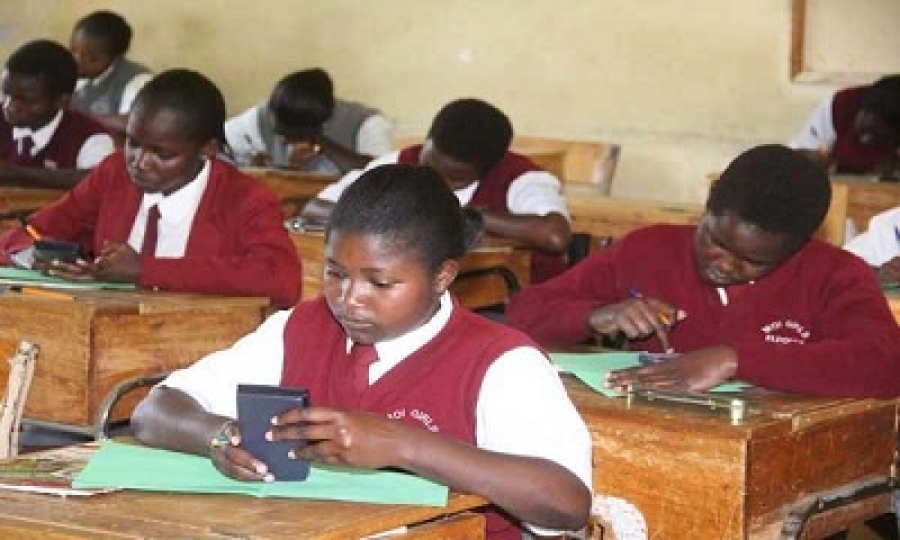Most schools ignore holistic learning
Most schools ignore holistic learning, says report
WEDNESDAY AUGUST 9 2017
By OUMA WANZALA

Wilbroda Oleroh (centre), from Moi Girls’ High School in Uasin Gishu County and other students during the National Math Contest at AIC Chebisaas Boys High School in Eldoret on July 11, 2015. PHOTO | JARED NYATAYA | NATION MEDIA GROUP
In Summary
- The government has stepped up promotion of science-related subjects in secondary schools across the country.
- Vision 2030 is premised on more students taking up mathematics and science in the hope that this will drive scientific inquiry and innovation.
- Already, more than 306 teachers have been lined up for training starting August 14 to 18 in eight regions across the country.
ADVERTISEMENT
Secondary schools are only focusing on academic excellence and giving less focus on producing all-round students who can serve the society, a report has revealed.
The report indicates that in most schools, vision, mission and motto are about the institutions being Centre of academic excellence.
The study conducted by the Centre for Mathematics, Science and Technology Education in Africa (CEMASTEA) show that academic performance was at 58 per cent, holistic view at 27 per cent, character or value system at 10 per cent and national goal and aspiration at five per cent.
The holistic view is about making a student an epitome of physical, moral, spiritual and academic excellence while the national goal and aspiration seeks to provide quality education to students and prepare them for national development.
ACADEMIC PERFORMANCE
At the same time, character or value system is about producing an educated, disciplined and determined person ready to serve while academic performance is about being a leader in academic excellence.
Related Content
“In most schools vision, mission and motto are just statement to fulfill statutory requirements with little evidence of efforts to make the vision an integral and vibrant facet of the school community,” notes the report that was released recently during a school heads and boards of management workshop in Nakuru.
The aspirations were generally used to refer to what the school owners or managers wanted the students to achieve at the end of their four-year period in school.
“There is a need for the Science, Technology, Engineering and Mathematics (STEM) model schools to adjust their vision to reflect the aspiration for becoming an effective model school,” recommends the report.
The government has stepped up promotion of science-related subjects in secondary schools across the country.
POOR INFRASTRUCTURE
Some of the challenges that have been identified are poor school infrastructure, school climate, under-staffing, inadequate teaching and learning resources, poor attitude by both teachers and students and lack of role models.
Vision 2030 is premised on more students taking up mathematics and science in the hope that this will drive scientific inquiry and innovation.
Already, more than 306 teachers have been lined up for training starting August 14 to 18 in eight regions across the country.
Statistics indicate that its only 22 per cent of students in universities that are taking science-related courses compared to 70 per cent of students in South Korea and Singapore.
CEMASTEA Director, Mr Stephen Njoroge said schools that have been identified are required to work closely with others not in the programme in their counties.
Latest from
- TEACHING AND LEARNING DURING COVID-19 PANDEMIC: INSIGHTS FROM SELECTED MATHEMATICS AND SCIENCE TEACHERS IN KENYA
- 3rd iTOYA OF THE YEAR AWARD
- CEMASTEA strive for the Best
- Mathematics and Science teachers undertake training dubbed: “Effective use of Learner-Centred strategies in Teaching and Learning”
- CS Amina Flags off the 3rd Batch of STEM Equipment Distribution


